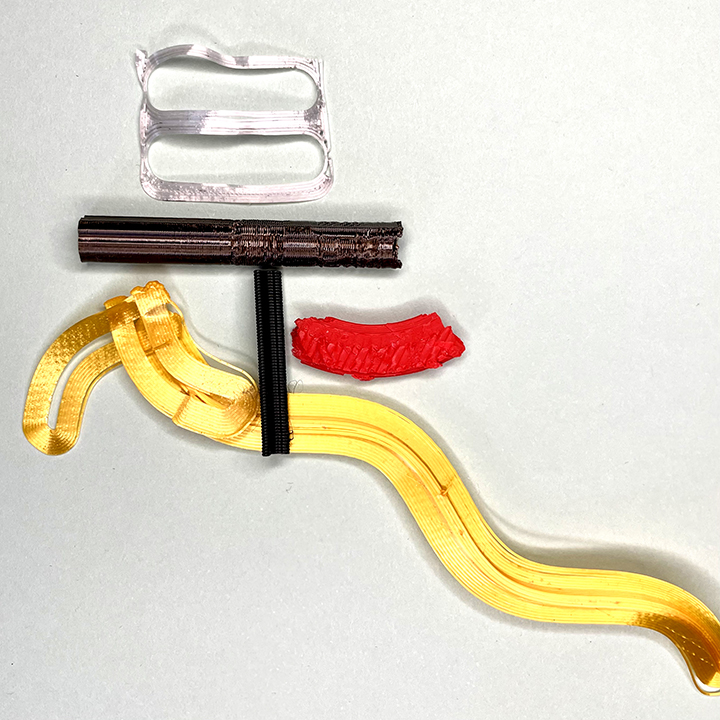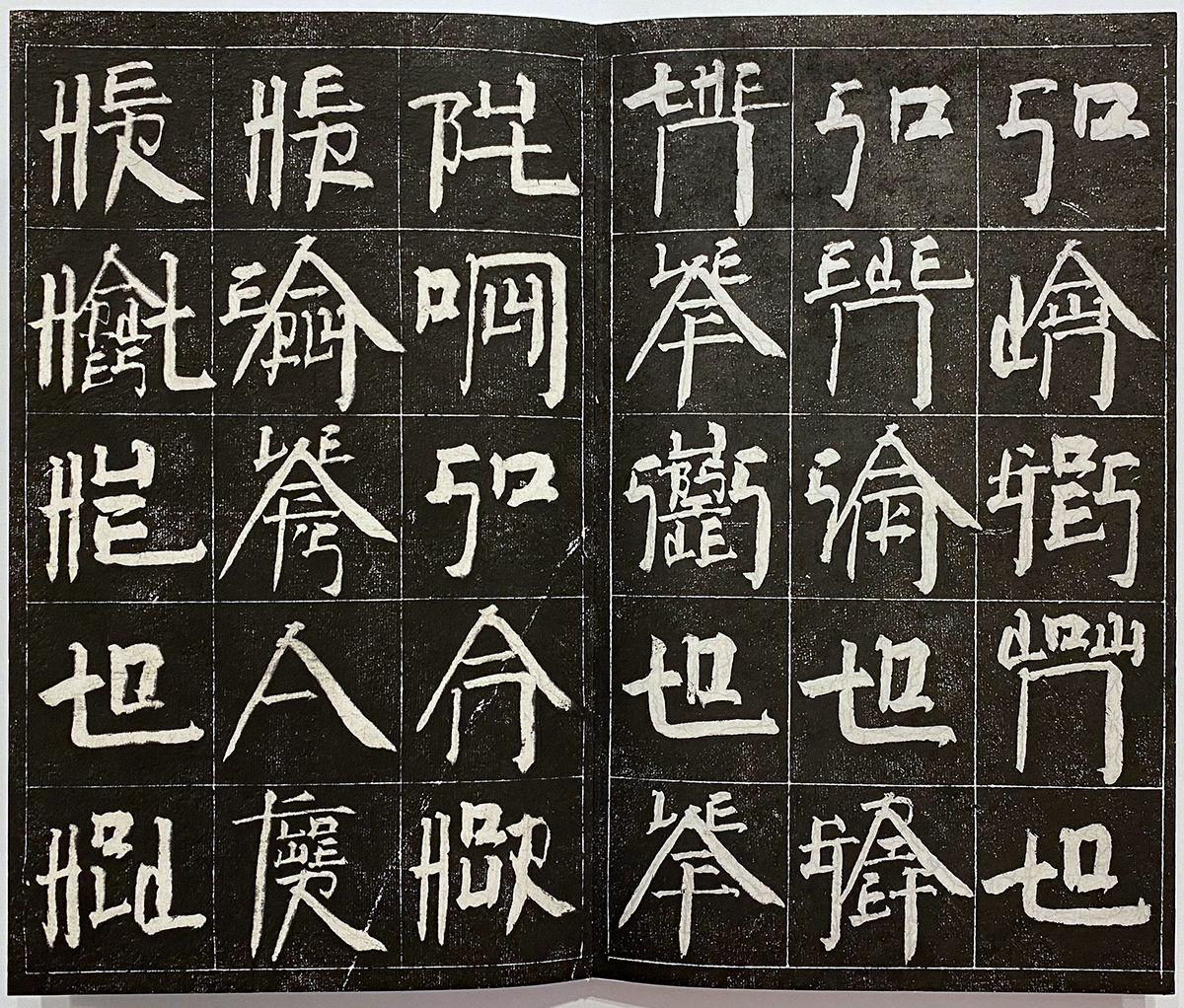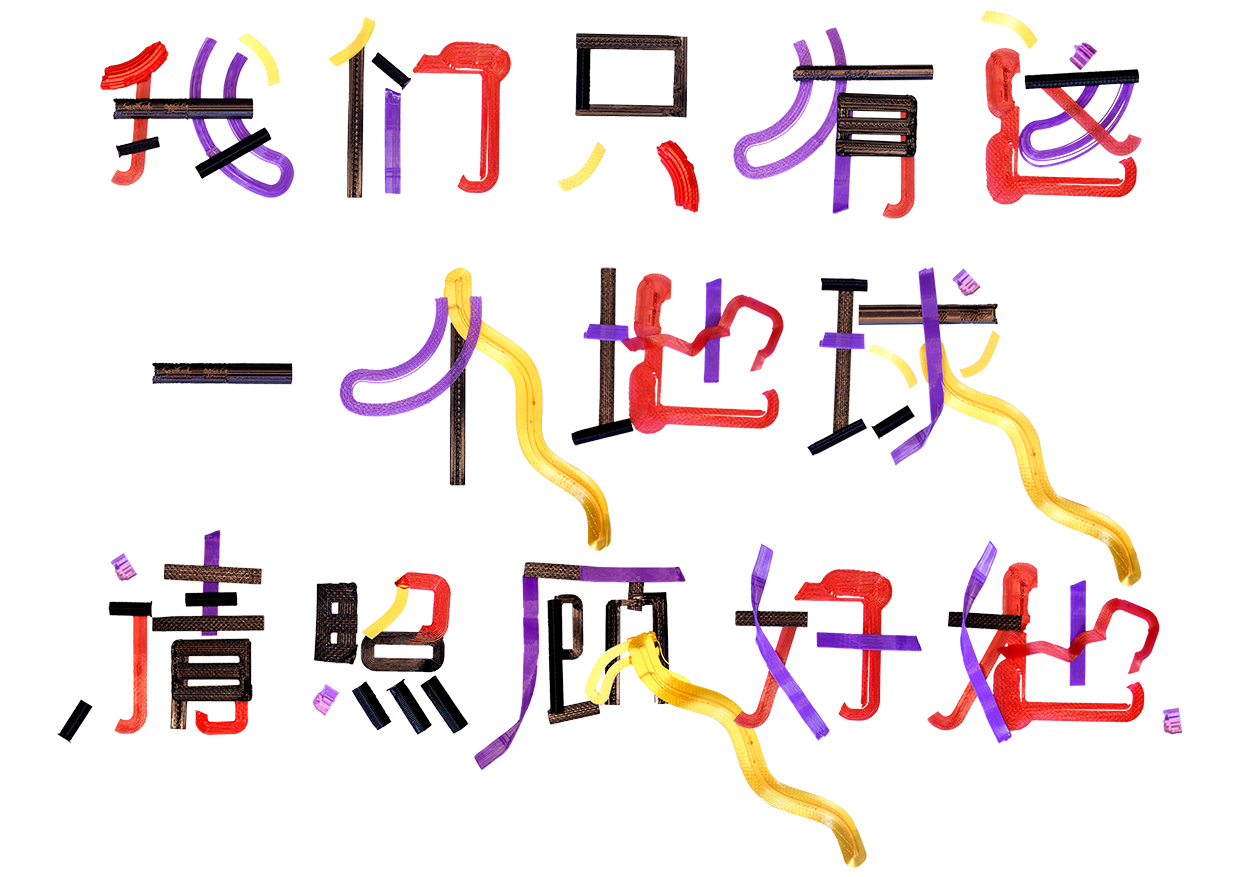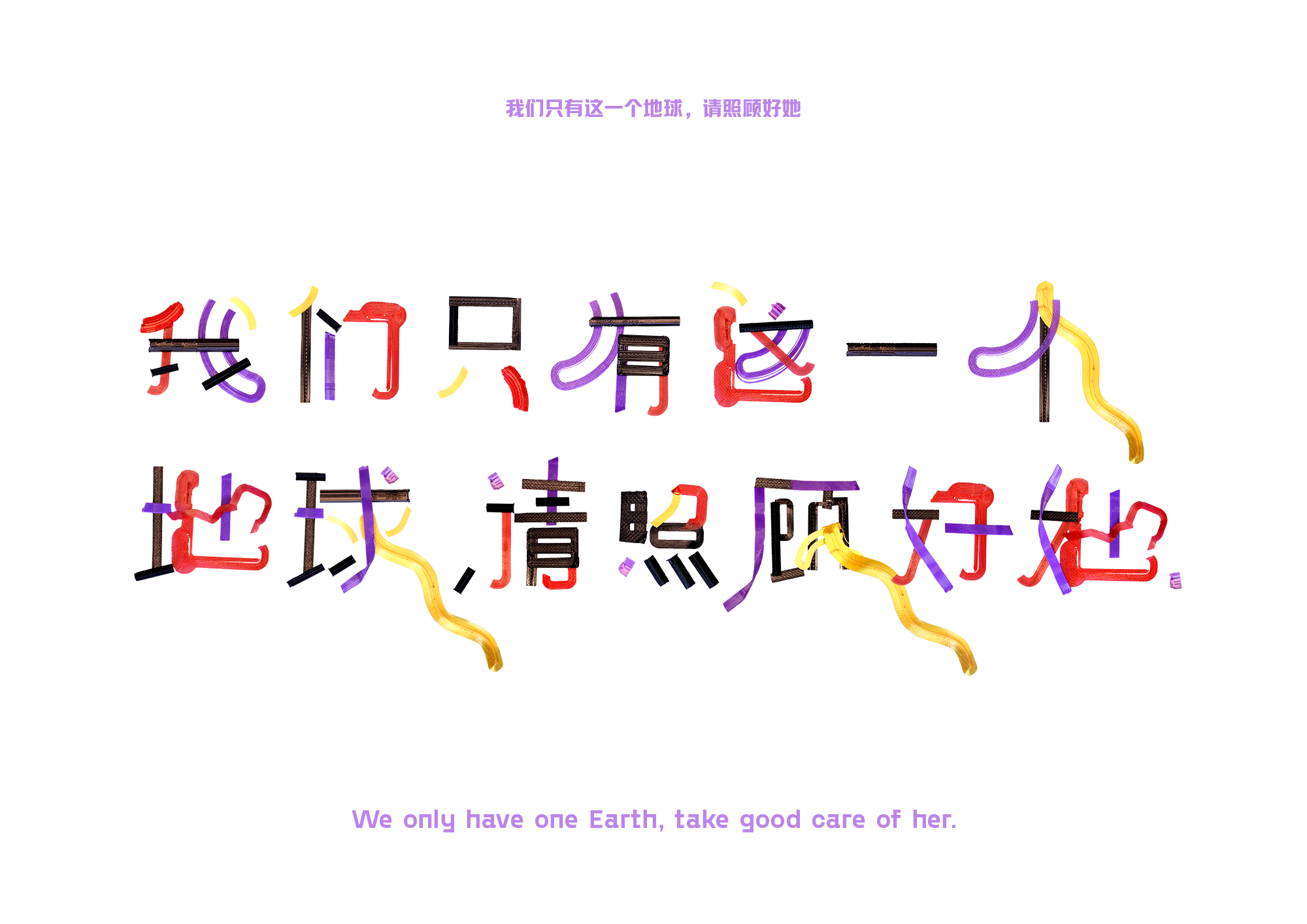Prototypetype
Computerless font
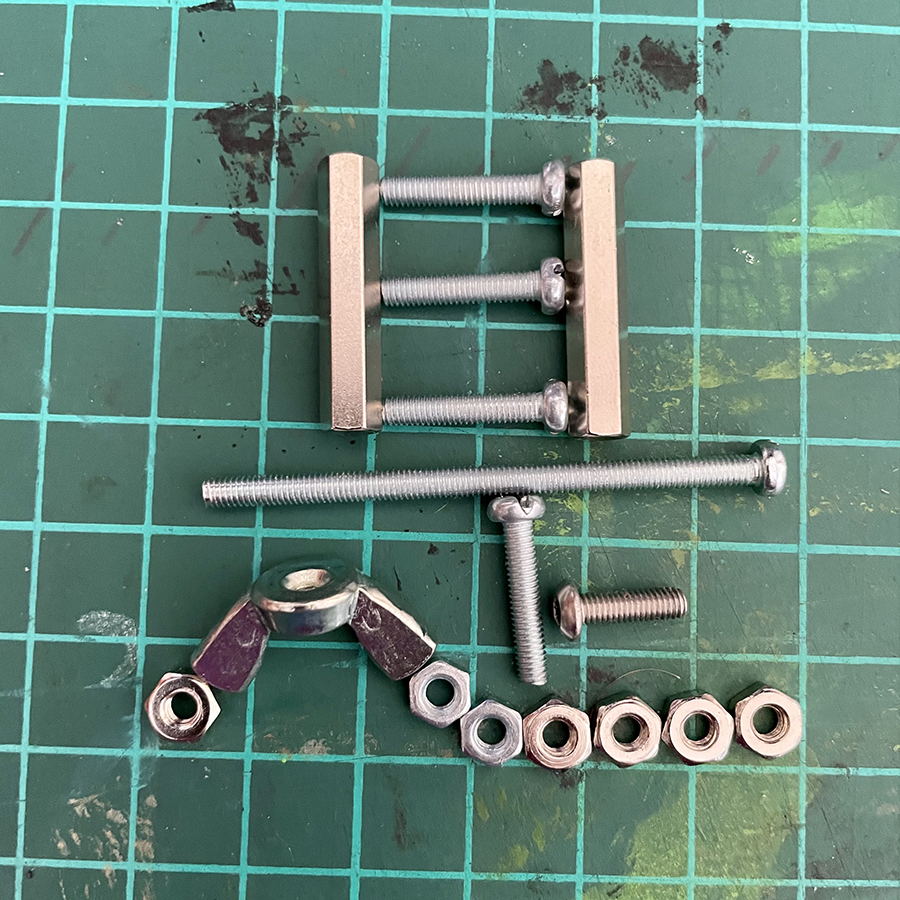
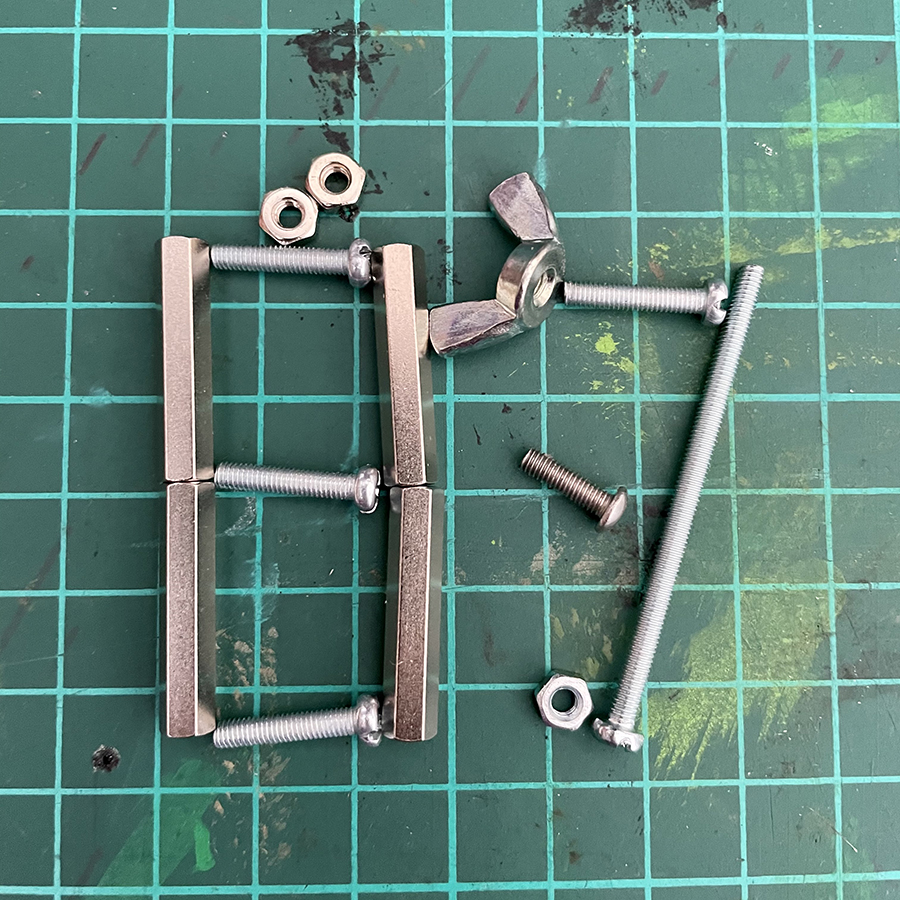
Chinese characters 是 and 的
My main goal with this prototypetype was to explore a different method of designing a Chinese font. Chinese fonts are usually designed character by character, and with upwards of 10,000 characters required for a simplified chinese font, it becomes a pretty big barrier to entry for designing a unique font. I started by using nuts and bolts as it was what I had on my desk at the time. While it was quite modular, the shapes are pretty uniform so it lacked anything visually interesting. As I was designing a Chinese font, the uniform shapes would also make it hard to form characters that require smaller or curved strokes.
Xu Bing's 'Square Word Calligraphy'
Along the way I was quite inspired by Xu Bing's work, 'Square Word Calligraphy', that was posted in the case studies channel. This work is essentially an alternate way of writing English using Chinese strokes and character structure, replacing Chinese character radicals with latin letters, while mainting the stroke order of characters as the order in which read the English letters that form the word. Written Chinese language is able to convey information more space-efficiently than other languages, and Xu Bing’s work applies this benefit to English very effectively. This work was definitely an influence on my major project idea and gave my a direction for the prototypetype too.
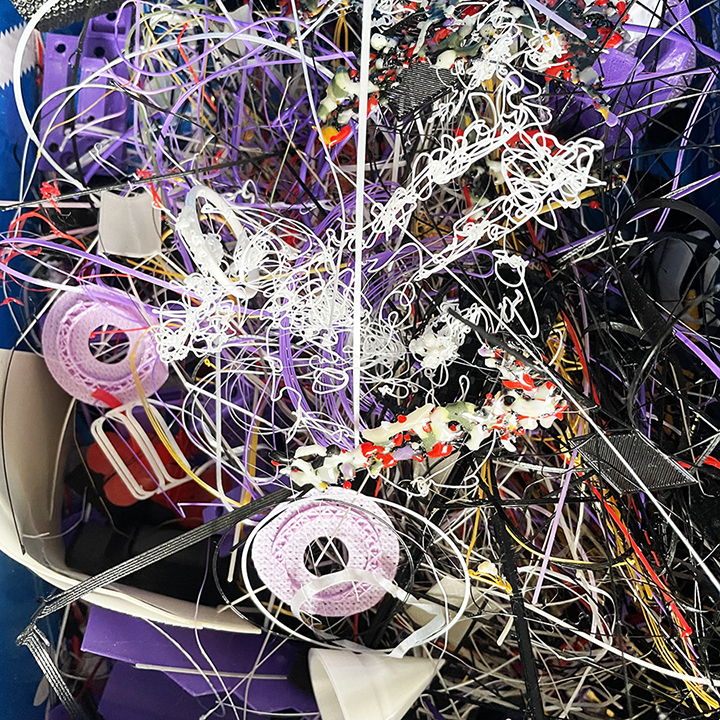

3D printing PLA scraps
Then I realised I had a big box of 3D printer scraps that I hadn’t found a use for yet. My first instinct was to use the ground up plastic and melt it into pieces that resemble the radicals that make up Chinese characters. This worked quite well, though this approach could be taken with any meltable material, so it wasn't really the modular solution I was looking for.
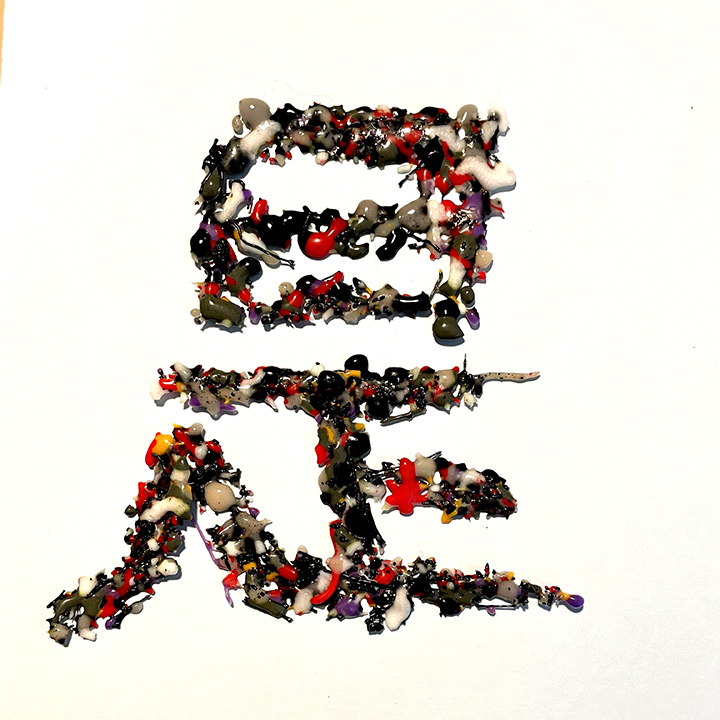
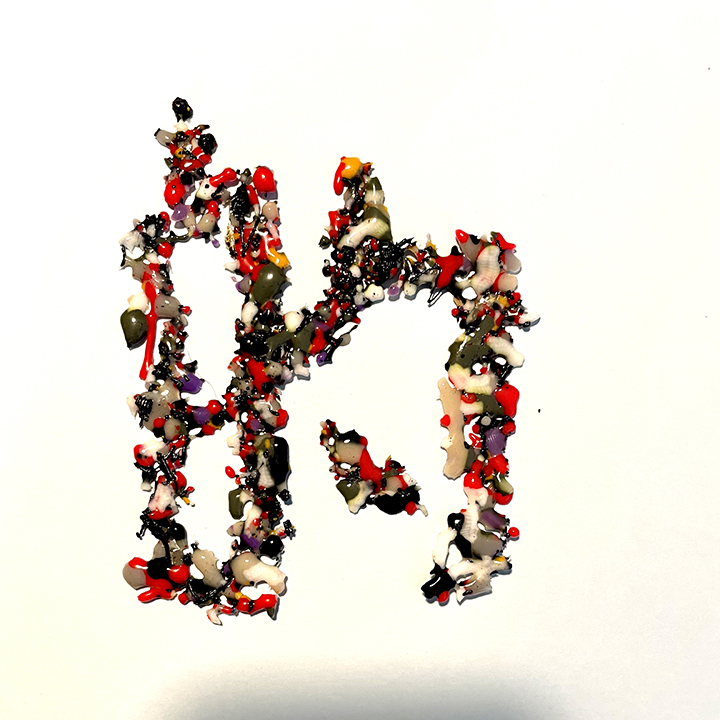
Chinese characters in ground and melted PLA scraps
As I was sifting through the box of scraps I started to find some that resembled some of the radicals quite closely, so I decided to instead construct the characters with all these pieces. Some smaller radicals I had to make out of the pieces myself, but most of them are just as I found them.
